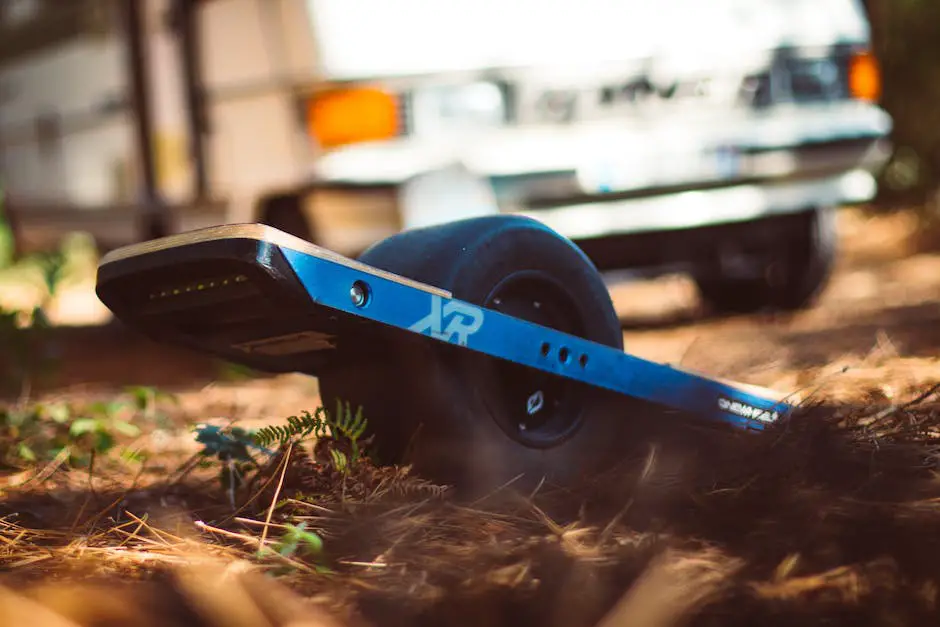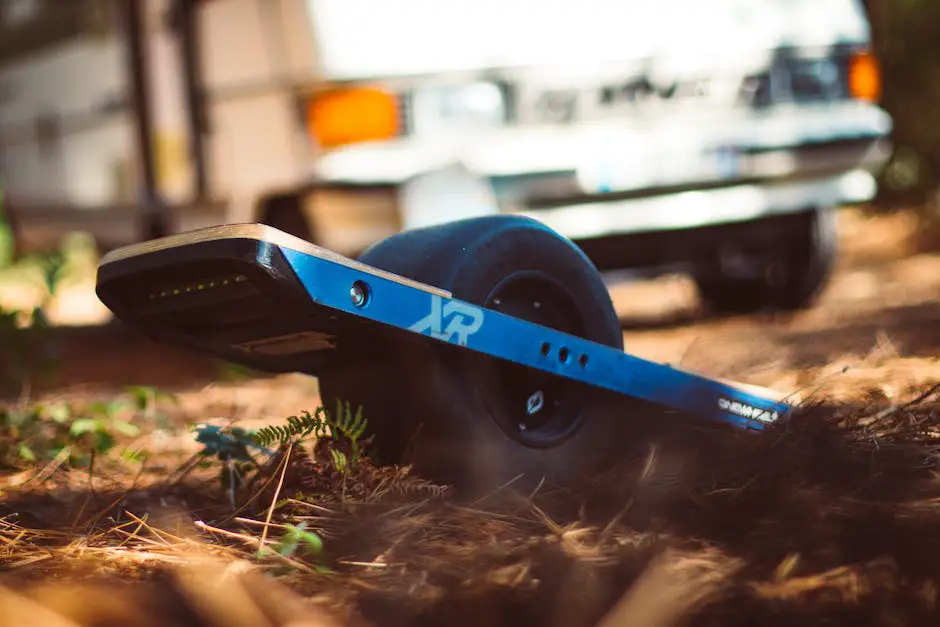For enthusiasts and hobbyists who have ventured into the exhilarating world of electric skateboarding, understanding the depth and influence of battery life on your ride experience is paramount. A superb off-road escapade or a rapid commute to your work could either be extraordinarily gratifying or disappointing, contingent heavily upon the life and vigor of your electric skateboard’s battery. This essay strives to shed light on seven key ways in which the battery life molds an electric skateboard user experience, ranging from distance coverage to the influence on speed, and even its correlation with an e-skateboard’s hill-climbing capacity.
How Distance Covered is Affected by Battery Life
If you’ve spent any amount of time riding an electric skateboard, you’ve probably asked yourself this question: just how far can I travel on a single charge? Be it for commuting, leisure or exploration purposes, knowing the limits of your electric skateboard is crucial. With evolving technology and varied ecosystems of skateboard brands, pin pointing a universal answer might be challenging. Nevertheless, focusing on battery life as a considerable factor, you can learn a thing or two about estimating the range of your ride.
First thing’s first, battery capacity decides the show. Typically measured in watt-hours (Wh), the higher the battery capacity, the farther you’ll likely be able to travel on a single charge. For instance, a common 99 Wh battery might get you anywhere from 6-8 miles based on various parameters. More advanced skateboards with larger batteries ranging over 200 Wh can easily double that range.
Not all journeys are created equal and that’s where terrain comes into play. Just as your car guzzles more gas when climbing a hill, your e-skateboard burns through battery power at a higher rate when covering uphill routes or rugged terrain versus a smooth, flat surface.
Weight matters – The load carried by the e-skateboard impacts the drain on the battery. The heavier the rider, the harder your skateboard has to work, and the quicker the battery drains. So if you’re carrying any extra weight, like a backpack filled with books or groceries, your ride distance could take a hit.
Speed is another influential factor. Like with most vehicles, electric skateboards operate most efficiently at a medium speed. Pushing your skateboard to its max speed will undoubtedly decrease your battery life faster.
Drive system of your electric skateboard can also be a decisive factor. Single motor boards are generally more energy-efficient than their dual motor counterparts. But remember, single-motor boards might lack the power to tackle steep hills and may offer a slower ride.
As the noteworthy saying goes, take care of your tools and they’ll take care of you. This is especially true for electric skateboards. Proper battery maintenance, such as not letting the battery die completely, avoiding overcharging, keeping it clean, and storing it in a cool, dry place, can significantly extend both its overall life and its life per charge.
In conclusion, there are a whole host of factors that impact how far you can travel on your electric skateboard, with battery life playing a starring role. However, through understanding and minimising these influencing factors, you can ensure you get the most distance out of your board’s battery life. It’s all about enjoying the ride, after all. Lace up those sneakers, gear up, and embrace the journey that every charge of your electric skateboard brings. Skating is more than a passion, it is a lifestyle!

How Battery Life Influences Speed
As we ride along the swivel of electric skateboard revelations, it’s time to delve deeper into understanding the intricate alliance between battery life and speed. Exciting as it may sound, this dynamic equation sheds a fresh light on your high-powered skateboarding sessions.
Right off the bat, let’s comprehend this simple yet significant rule: the faster you go, the quicker your battery drains. The thrill of speed indeed comes at a cost. Essentially, faster speeds demand more power and thus draw more current from your electric skateboard’s battery. On the other hand, retreating to a leisurely pace helps conserve the battery, thus extending your ride time. It’s undeniably a juggling act between getting your speed fix and wanting to keep the adventure going for longer!
Understanding the drive mode on your skateboard is crucial in this context. Most electric skateboards are equipped with different drive modes, each tailored to offer a distinct riding experience. Typically, the eco mode prioritizes battery life over speed, while the sport mode allows for maximum velocity at the expense of quicker battery consumption. So, remember, the right choice of drive mode can make all the difference!
The story doesn’t end there. Wheels can play an essential part in the grand scheme of things. Bigger wheels make it easier for your skateboard to reach higher speeds, but they also make the motor work harder, thus draining the battery faster. On the other hand, smaller wheels cut back on speed, but moderately so does their impact on the battery.
Your understanding of the board’s braking system can also have an impact. Regenerative braking allows your skateboard to recover some energy lost while slowing down, marginally recharging your battery in the process. Try to ease into your braking instead of sudden halts to make the most of this feature.
The aspect of weather plays its part too. Cold conditions could affect your battery performance, resulting in a reduced range. The idea is to store your electric skateboard at room temperature when not in use, ensuring a more optimal battery performance.
Lastly, the type of battery comes into the equation too. Lithium-ion batteries, although expensive, are known for their long lifespan and better performance. However, if a tight budget is holding you back, sealed lead-acid batteries could be your bet, though they come with a compromise on efficiency and lifespan.
So, the secret to mastering the balance between speed and battery life lies in understanding these essential aspects of electric skateboarding. It’s a fascinating ride, full of nuanced details and nuances that await your exploration. So strap on those helmets, fasten your pads, embrace the thrill and roll down the path of limitless adventure!

Battery Life and the Influence on Hill Climbing
Let’s get right into how battery life can impact your electric skateboard’s capacity to ascend those steep slopes.
Many might wonder, “Does battery life really have a significant effect on my e-board’s hill climbing abilities?” The direct answer is yes. With a booming market for electric skateboards, understanding the interplay of factors related to battery performance becomes essential. This includes everything from your chosen ride’s power capacity to the nature of the terrain you’re navigating, and, in particular, the ability to tackle uphill climbs.
One of the driving forces in your electric skateboard’s ability to tackle hills is essentially its torque. In layman’s terms, torque is the drive or the push that helps the board gain speed or negotiate a steep slope. The skateboard’s battery heavily influences the torque. When the battery life is full or in excellent health, it provides the motor with optimal power, allowing the skateboard to generate more torque. Higher torque, in turn, improves hill-climbing capability.
On the other side of the coin, though, as the battery starts draining, it stutters in providing the required power. As a result, both torque generation and hill-climbing performance can be compromised. This is why e-board riders can sometimes experience a noticeable decline in performance as the battery life winds down.
Electric skateboarders should remember that the rate at which the battery drains during a hill climb is higher than when riding on a flat surface. The increased power needed to maintain the same level of torque puts a higher demand on the battery, resulting in faster drainage. This is where your battery’s capacity comes into play – a higher capacity battery would naturally allow for more prolonged hill climbs.
The smoothness of the hill climb also depends on the battery. A battery in optimal health ensures seamless power delivery, resulting in smoother acceleration from a standstill, even on inclines. A battery in lesser health, though, might yield more uneven transitions on those slopes.
Lastly, the efficiency of the motor plays a vital role in the equation. Skateboards outfitted with efficient motors usually extract less power from the battery. This means that even under high-torque conditions like hill climbing, you’re getting the most out of each battery charge.
So, yes, battery life significantly influences your electric skateboard’s hill-climbing abilities. Every ride, every hill presents a new adventure, so understanding your battery’s impact will help you maximize your electric skateboard’s performance. Happy riding!

Through this comprehensive overview, we hope to have demystified the integral role of the electric skateboard’s battery life in shaping every nuance of the ride. It is unmistakable that the strength of a battery directly corresponds to the thrill, flexibility, and utility of your ride. Be it the joyous, long wind-against-face rides, maintaining a consistent pace, or conquering uphill battles – each aspect is intertwined with the longevity and performance of your electric skateboard’s battery. By acknowledging and addressing these factors with care, you can ensure a serene skateboarding experience beyond the limitations of battery life, and truly make the most out of every exhilarating skateboarding journey.

